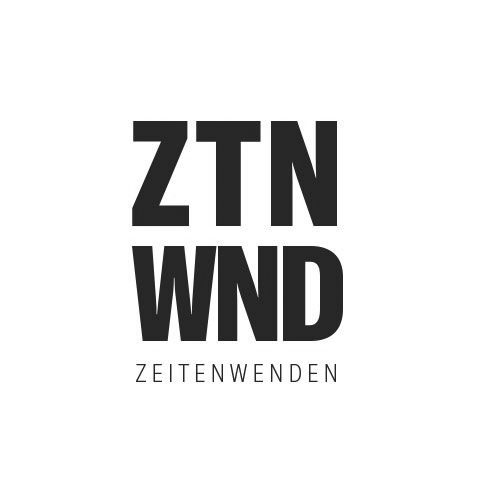The Institute for Museum Research at the National Museums in Berlin has published a new representative study that for the first time comprehensively analyses the economic contribution of the museum landscape in Germany.
Image above: Graphic from the study ‘The Economic Footprint of Museums’, conducted by the Institute for Museum Research © Staatliche Museen zu Berlin, Institut für Museumsforschung / Graphic: Julia Neller.
This means that every euro invested by the public sector pays off twice over: In addition to a direct added value of €1.70, museum visits generate an additional €2.40 through tourist spending.
The analysis is based on data from the 2023 financial year and was carried out together with the ICG Integrated Consulting Group in autumn/winter 2024/2025 among museums throughout Germany. Direct, indirect and induced effects on added value, income, purchasing power, employment, fiscal returns and accompanying tourist behaviour were taken into account.
Museums as an economic force
In 2023, the almost 7,000 museums in Germany contributed a total of 9.4 billion euros to gross domestic product. Public subsidies totalled around 5.6 billion euros – a ratio that underlines the high level of economic efficiency.
Around 106,000 full-time jobs (FTE) were directly or indirectly secured by museum activities. Two thirds of these jobs are in the museums themselves, with the remainder being provided by suppliers and companies in the consumer sector.
Museums also pay off in fiscal terms: 3.7 billion euros flowed back to the public sector in 2023 from tax returns and social security contributions – this corresponds to 66% of the funds invested.
Tourism as a multiplier
With a projected 167 million museum visits in 2023, there is a clear boost for tourism. For every publicly invested euro, a further €2.40 in added value was generated through expenditure on accommodation, mobility and catering.
This tourism expenditure secured a further 180,000 jobs and generated €5.7 billion in tax and social security returns – an amount equivalent to public investment.
Holistic effect
For Prof Dr Patricia Rahemipour, Director of the Institute for Museum Research, one thing is clear:
‘The debate about the social relevance and effectiveness of museums must be conducted holistically and should take socio-cultural and economic factors into account.’
It emphasises the role of museums as cultural mediators, places of education and democracy – as well as location-defining economic factors.
For the first time, the results of the study provide a sound basis for substantiating the economic contribution of museums in discussions with sponsors and decision-makers.
WHERE?
Institute for Museum Research
In der Halde 1, 14195 Berlin-Dahlem






